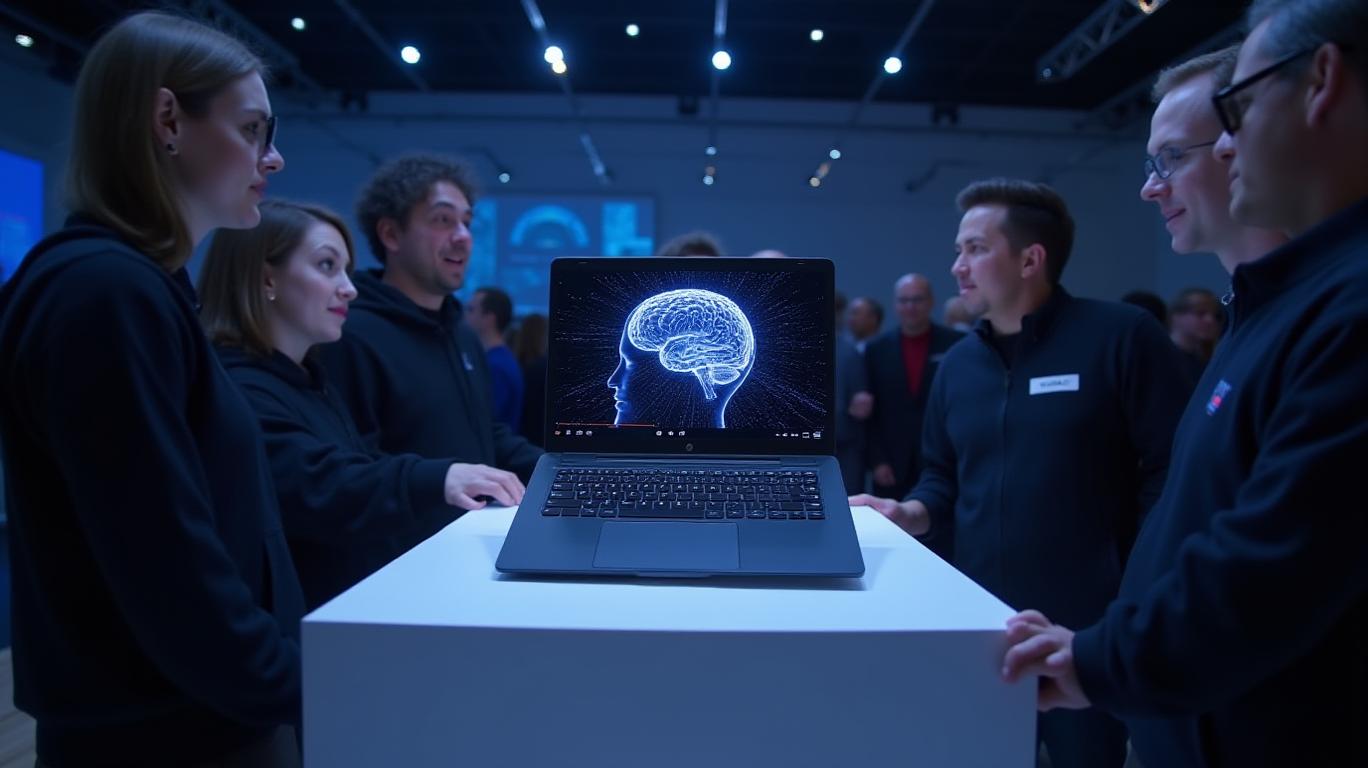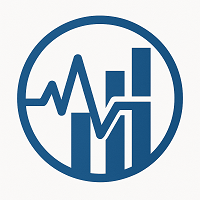HP Inc.'s Strategic Shifts: Navigating Tariffs and Embracing the AI-Driven Future for Long-Term Growth
HP Inc. (HPQ) has entered a pivotal phase of transformation, as its Q1 2025 financial results reveal a company balancing near-term headwinds with long-term bets on AI innovation, supply chain resilience, and premium market dominance. While tariffs, rising component costs, and soft consumer demand have pressured earnings, HP's strategic recalibration positions it as a leader in an evolving tech landscape. Here's why investors should consider HP a compelling opportunity for sustained growth.
Revenue Resilience Amid Tariff Headwinds
HP's Q1 revenue rose 2% to $13.5 billion, marking the third consecutive quarter of growth. The Personal Systems segment surged 5%, fueled by a 10% leap in commercial PC sales. Enterprise demand for Windows 11 upgrades and AI-powered Intelligent PCs (AIPC.s) has become a critical growth lever. Meanwhile, the Printing segment declined 2% to $4.3 billion, though consumer printing gained traction through Big Tank printers and subscription services like HP All-in, which now boast over 1 million subscribers.
The AI Pivot: A Strategic Masterstroke
HP's most significant bet lies in AI-enabled devices. AIPC.s, which now account for 15% of shipments, are projected to reach 25% of total shipments by year-end and 40–60% by 2027. These premium devices command 5–10% higher average selling prices than standard PCs, directly boosting margins. While current AIPC adoption is concentrated in high-end markets due to processor cost constraints, Qualcomm's Snapdragon X series is enabling broader penetration.

The AI strategy isn't limited to PCs. HP is also integrating AI into printing solutions, such as predictive maintenance and personalized print services, aiming to revitalize the stagnant printing segment. This dual focus on software and hardware differentiation could solidify HP's position as a tech ecosystem provider, not just a hardware vendor.
Supply Chain Restructuring: Mitigating Tariff Risks
Geopolitical risks and tariffs have forced HP to reengineer its supply chain. The company aims to reduce North American reliance on Chinese manufacturing to below 10% by fiscal 2025's end, diversifying production to Mexico, Vietnam, and India. This move, while costly in the short term, reduces exposure to trade tensions and inflationary pressures.
Simultaneously, HP's Future Ready cost savings initiative has been ramped up to $1.9 billion annually by 2025, including $300 million from workforce reductions. These cuts, though painful, are critical to offsetting tariff-driven margin compression.
Profitability Pressures and the Road to Recovery
Profit margins are under strain: Non-GAAP operating income fell 11% to $984 million, with margins contracting to 7.3% from 8.4%. However, HP forecasts margin improvement in the latter half of 2025, driven by seasonality, premium product mix shifts, and lower commodity costs. The company's Q2 guidance of $0.75–$0.85 non-GAAP EPS, within its full-year $3.45–$3.75 target, suggests stabilization is near.
Investment Case: Why HP Is a Buy Now
- Premium Growth Engine: AIPC adoption and enterprise demand are secular trends favoring HP's commercial focus.
- De-Risked Supply Chain: Reduced Chinese dependency and global manufacturing flexibility will insulate HP from geopolitical shocks.
- Dividend Discipline: With $2.9 billion in cash and a shareholder return program ($400 million returned in Q1), HP balances growth and value.
- Printing's Second Act: Subscription models and Big Tank printers are reigniting demand in a mature market.
Historical performance supports this thesis: a backtest of buying HPQ on earnings announcement dates and holding for 90 days from 2020 to 2025 showed an average return of 153.76%, though with a maximum drawdown of -41.62%. The strategy also demonstrated a Sharpe ratio of .66, indicating a moderate risk-adjusted return. This aligns with the recommendation to take a long-term view, as short-term volatility may be significant.
Risks and Considerations
- Processor Delays: AMD and Intel's slow rollout of affordable AI chips could stall AIPC expansion in budget markets.
- China Market Dynamics: Weak enterprise demand and aggressive pricing in printing could persist.
- Near-Term Margin Pain: Tariffs and restructuring costs will keep pressure on 2025 earnings.
Final Take: HPQ is a Buy for Long-Term Value
HP's strategic shifts—AI leadership, supply chain diversification, and premium market focus—align with a post-pandemic tech landscape where resilience and innovation reign. While 2025 is a year of transition, the path to margin recovery and sustained growth is clear. At current valuations, HP offers a compelling risk-reward profile for investors willing to look past short-term turbulence.
Action Item: Consider a phased entry into HPQ, targeting dips below $28/share, with a 12–18 month horizon to capture margin expansion and AI-driven premium sales growth.
The race in tech isn't just about surviving today's storms—it's about owning tomorrow's innovations. HP's bets are paying off.

Comments
No comments yet